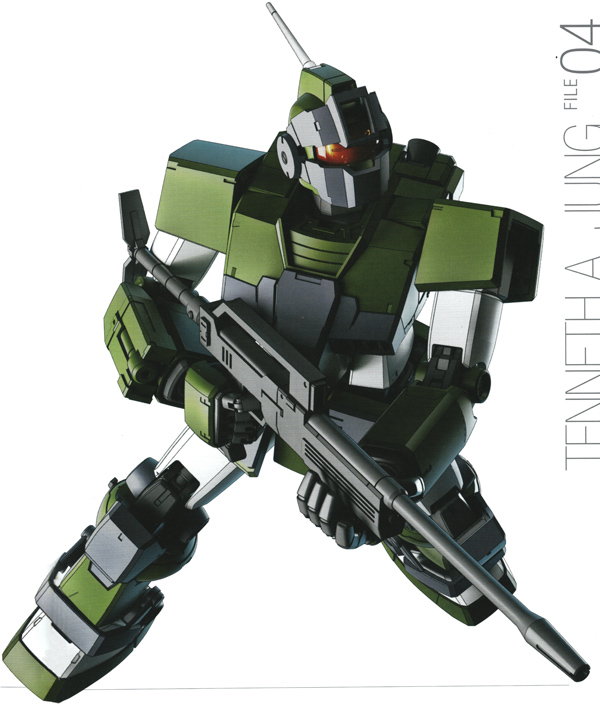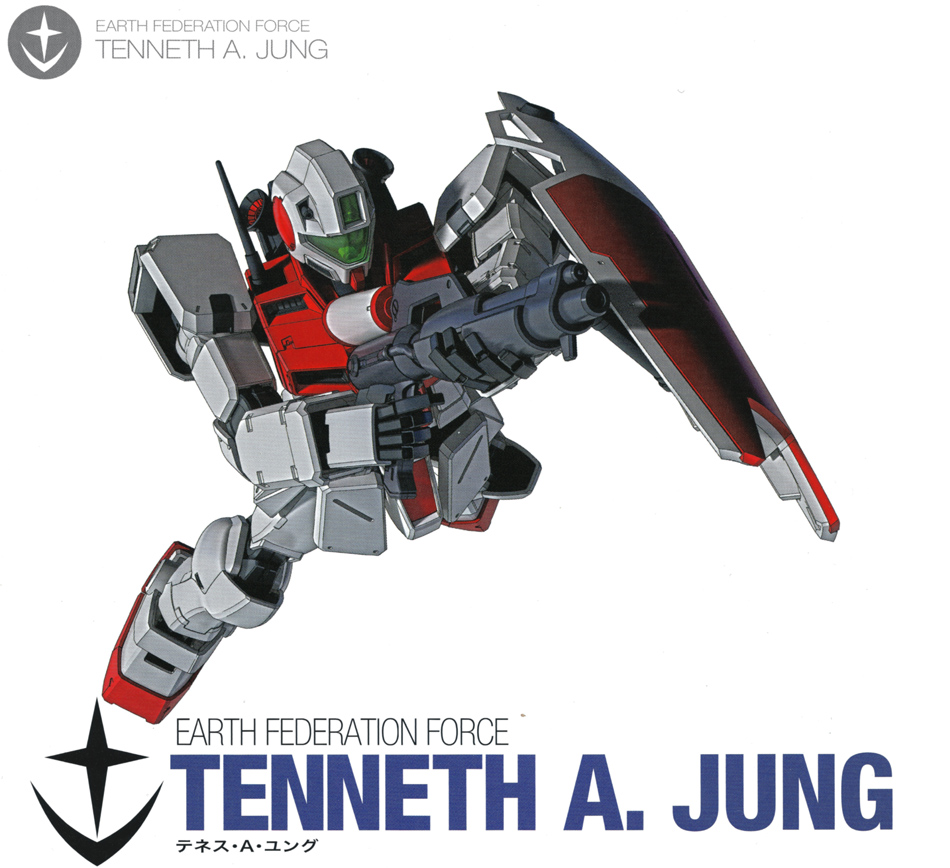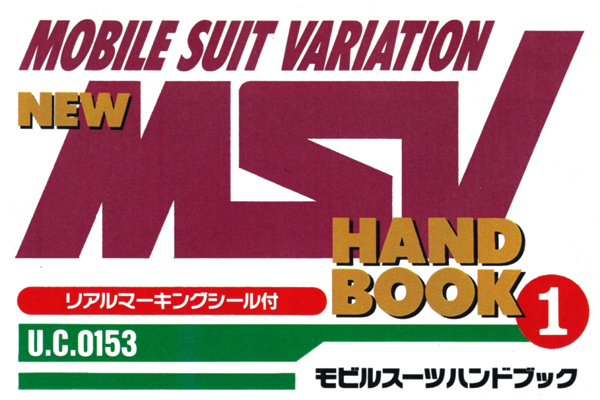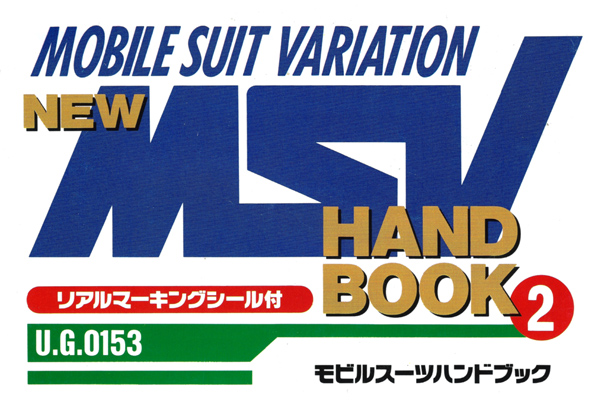TENNETH A. JUNG
Tenneth A. Jung, an unquestionable ace known for being the Earth Federation Forces highest score holder during the One Year War. His total score is said to have surpassed Ensign Amuro Ray, the famous Newtype, and he was well-respected as a living legend among the Federation Forces officers and men at the time. It is said that this extraordinary hero was born on the small island of Cuba, situated in a corner of the Caribbean Sea. Even as environmental pollution became more severe in the Universal Century, a young Tenneth grew up in a rich environment, one that maintained its beauty and was considered to be the last paradise on Earth. Yet, his adventurous spirit would not allow him to remain on the tiny island and he would eventually set his sights on the heavens. However, he wasn’t from a particularly wealthy family so he enlisted in the Earth Federation’s Air Forces in U.C.0073, having completed his higher education courses as a means of following a path towards becoming an aircraft pilot. Three years later, in U.C.0076, he completed basic training and became a pilot just like he desired.
His first posting was at the Northfolk base along the Eastern coast of North America. He was assigned to the 188th Squadron out of the base and began his service as a pilot of an FF-4 Toriares. Shortly thereafter in U.C.0078, he was transferred to the carrier-based forces of the Himalaya-class aircraft carrier “Appalachia” with the Atlantic Fleet, but not with the Naval Air Corps, as he was ferrying the Air Force’s Toriares Squadron. Here, he would see the start of the One Year War.


開戦
OUTBREAK OF WAR
On January 3, U.C.0079, the Principality of Zeon declared war on the Earth Federation government and at the same time launched a surprise attack on each of the Sides except for Side 6. The following day, on the 4th, the Principality Forces sets in motion Operation British. Following the slaughter of Side 2’s Colony 8 “Island Iffish” inhabitants with GG Gas, nuclear pulse engines were attached to the outer wall of the colony and it was dropped onto Earth as a massive bullet in order to carry out history’s first “colony drop.”
In response to this, the Federation Forces scraped together a space fleet to mount a resistance. Despite inflicting considerable damage, it was knocked off course, successfully averting a direct hit onto their headquarters of Jaburo. However, it was not possible to prevent the colony drop itself, and on January 10th, the forward portion of Island Iffish collapsed and fell on the eastern coast of Australia.
This fiendish act, also described as the sky appearing to fall, brought catastrophic damage to surrounding areas, but at the same time, the Federation Navy also suffered widespread damage to its forces from the aftermath of tsunami. The Himalaya-class aircraft carrier “Appalacia” on which Jung was stationed was safe because it was located in the Atlantic across from North America, and depending on matters, he may not have fought again, instead possibly drowning at sea.
However, opportunities for combat didn’t come easily. On March 1st, the Principality Forces launched their first drop operation, aiming for control over a resource zone in an area of what was once Russia, but Jung was at sea over the Atlantic and had no chance to head into battle. The “Appalachia” headed for Britain to support the European front. In the meantime, the second drop operation by the Principality Forces had begun and in a flash, all of North America was taken over. Thus, Jung and the others lost their home port of Northfolk without even fighting and were detained at their port of call in Belfast and ordered to run defense of the area until further instructed.
Around this time, a turning point presented itself. In a section of Belfast, a seething Jung saw an announcement soliciting for candidates to transfer to the Space Forces. The Space Forces, which suffered catastrophic damage in the One Week War at the start of the war and in the Battle of Loum, were calling for cooperation with the Army, Navy and Air Forces to supplement their depleted forces. As a part of that, there was a measure to support the changeover of aircraft pilots to spacecraft pilots, Jung sought a place to battle and applied for this.
Thus, in April U.C.0079, Tenneth A. Jung received a formal transfer order for the Space Forces, launched into outer space and headed for Luna II. While he had experience piloting an FF-4, he switched over to the space version of the FF-4 Toriares and started space combat training. In June, after less than a month of training, he transferred to an operational unit. At the time, he is said to be attached to a carrier-based unit on the Antietam-class support carrier “Hancock.” Following that, he participated in 14 combat missions over roughly two months. He sunk seven units including Gobble-type space attack fighters, Gattle-type space fighter bombers as well as two Jicco-type assault craft. In addition, in collaboration with consort craft, he contributed to the sinking of two Musai-class cruisers. With the recognition of having shot down three mobile suits, he quickly distinguished himself as a space fighter pilot (Note: confirmed results of individual kills was only one unit as the other two units were shot down with assistance from consort craft, but the Federation Space Forces regulations at the time recognized that joint kills as individual kills for each pilot). It is also said that he began using a personal emblem depicting a hammerhead shark around this time.
MSパイロットへの道
PATH TO A MOBILE SUIT PILOT
By August U.C.0079, Tenneth A. Jung was at Jaburo in South America. With a recommendation from his squadron commander, he was selected to be a mobile suit pilot candidate. Having been successful in switching over to space fighter from aerial fighter in a relatively short amount of time, they invested in Jung’s adaptability, having mastered space combat and demonstrated results. Thus, he returned to days of training again. Initially it was simulator-centered training, but when the TGM-79 GM Trainer was completed shortly thereafter, training was carried out while serving as both instructor along with being a trainee, so his mobile suit piloting sills were honed. Furthermore, as the production lines of the RGM-79 series were established and the formation of operational forces was decided upon, he would participate in one of these units.
In September of the same year, Jung returned to outer space again and headed for Luna II along with the brand new RGM-79 GM that was just manufactured at Jaburo. When he returned to the Antietam-class support carrier “Hancock,” which up until a few months ago was his old haunt, he engaged in an intercept mission against a Zeon Forces patrol fleet deployed in orbit. From late September to October, he participated in five combat missions and recorded kills on 4 mobile suits and 9 spacecraft. In regards to ships, he sank one Musai-class light cruiser and a Chivvay-class heavy cruiser. It was reported that it was in collaboration with consort ships that he sank another cruiser. Much like his shift to spacecraft, he fit in well with the new weapon known as a mobile suit. Furthermore, it is said that most of his combat results were from utilization of the hyper bazooka and not beam spray guns which were standard equipment. For him, with his superior marksman skills, he believed that rather than the spray guns – which had a better ability to hit their target despite a low convergence rate and shorter range and less power, the use of the bazooka – with its superior firepower – led directly to the results on the battlefield.
So, although Jung had begun to steadily advance his career as a mobile suit pilot, most of the mobile suits he shot down, which is said to be 149 units, is concentrated in the last month of the One Year War. In the early part of November, the Earth Federation Forces, who finally initiated their counterattack, recaptured the area surrounding Odessa which was crucial for Europe. And the end of the same month, although the Principality gathered up some of their fighting forces and attacked the Jaburo base, their situation on Earth was decided following their failure here. In December, a large-scale counterattack operation was carried out in various regions such as North America, Asia, Australia and Africa. The Principality Forces were on the defense and steadily flooded the spaceports in various areas seeking an escape.
Meanwhile, as part of the Space Forces unit stationed at Luna II, Jung was entrusted with a mission to wait in orbit and strike down the Principality Forces who had fled from the surface. Aside from the Zanzibar-class mobile cruisers with combat capabilities that were not well known, most of them were HLV (heavy launch vehicle), so it was easy to intercept them so long as they were in range. While orbiting the trajectory of the recaptured space territory, he observed the tightening circle surrounding the surface of the Earth. If there was an indication of a launch from a spaceport facility, mobile suits would launch from their motherships to intercept them. On these missions, also known as “whack-a-mole” from frontline soldiers, Jung and the other mobile suit pilots of the Space Forces made a killing with their kill scores.
According to regulations of the Federation Space Forces at the time, even destroying suits prior to launching that were stationed at base facilities and on ships were counted as being shot down, so by sinking HLV loaded with ground combat mobile suits, scores multiplied exponentially. And so, putting aside the issue of how to assess the battlefield results of such a whack-a-mole strategy, Jung had set his sights on shooting down the enemy, even during the fight against the Principality Forces rescue unit which had thrust itself into battle to save their allies, and there was no doubt that during this orbit he had achieved quite a dazzling victory.
最終戦と戦後の活躍
THE FINAL BATTLE AND SERVICE AFTER THE WAR
In December U.C.0079, Jung was promoted to Lieutenant Commander. He was transferred to the Trafalgar-class support cruiser Triumph as commander of the 7th Sniper Unit (SSU-7).
On December 24th, despite losing many great officers including Admiral Tienam, the Earth Federation Forces succeeded in toppling the space fortress Solomon and securing a bridgehead for the invasion of the Principality of Zeon homeland of Side 3. Jung, who somehow survived this fierce battle while having a costly blow dealt to his personal unit, headed for what was once Solomon, which was renamed Confeito the following day on the 25th. Following a report that repairs of his RGM-79SC, which lost a leg unit, would not be in time for the start of the A Baoa Qu capture operation, he set off for one of the space gates crowded with supply ships to receive an alternate machine.
Here, he received an RGM-79GS GM Command, a brand new suit that just rolled off the production line at Luna II. Jung, who received a new unit that hadn’t even been stripped of the vinyl over the pilot seat, signed for receipt and climbed into the cockpit and flew off towards his mothership, which also survived the fierce battle. For him, the return trip is an orientation flight for the GS-type, and word has it that setting of the operating system was already done by the time he landed on the mothership.
As mentioned earlier, while he faced the battle of A Baoa Qu with a new unit, even here Jung achieved great results. He made three round trips between the battlefield and his mothership or supply ship and contributed to the sinking of the Dolos-class carrier in collaboration with several consort ships during his final sortie.
Having shot down the massive carrier which held many mobile suits, he had achieved several confirmed unit casualties with this single strike. Jung’s official battle record listed 149 units destroyed – an extraordinary number – but that figure was largely bolstered by the destruction of the carrier ship. However, this magnificent record was reexamined according to the rule changes enacted after the battle, and the verified record of individual units destroyed (excluding any joint kills) was readjusted to 52 units, with an unverified record of 6 units due to a lack of evidence.
It should be noted that he survived the war and participated in the so-called “remnant hunt,” a mop-up operation of former Principality Forces remnants that refused to lay down arms following the end of the war. In U.C.0080, he received a surplus production Fellow Booster which was utilized with his SC-type personal unit. This means he added even more to his kill score.
AFFILIATED UNITS
FF-4 Toriares
TGM-79 GM Trainer
RGM-79 GM
RGM-79SC GM Sniper Custom
RGM-79L GM Light Armor
RGM-79GS GM Command
RGM-79SC GM Sniper Fellowbooster





